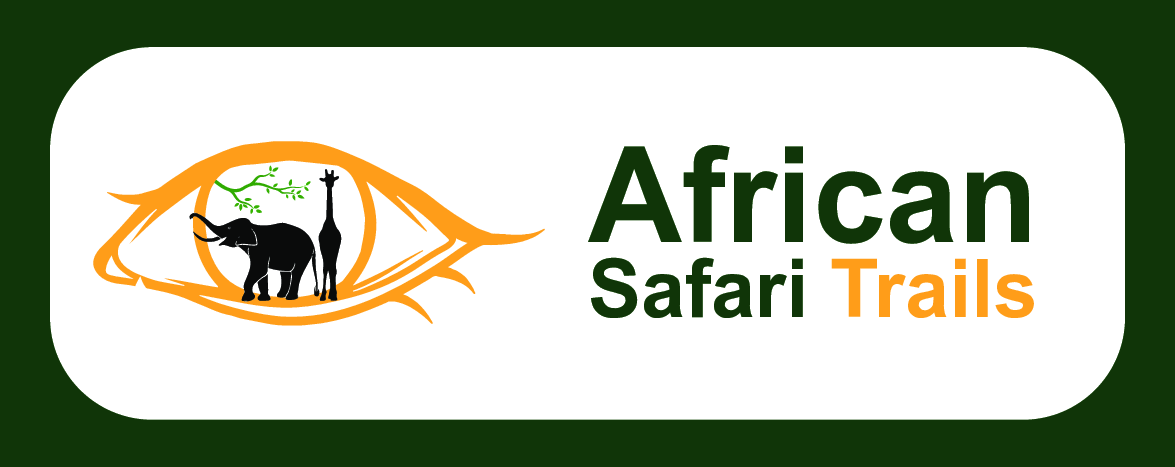Nestled in northern Tanzania, just south of the Serengeti and Lake Manyara, Tarangire National Park is a lesser-known gem that surprises many travelers with its incredible wildlife density—especially during the dry season. Among its many natural wonders, the park is most famously known for hosting one of the largest elephant migrations in East Africa. Each year, thousands of elephants travel across the wider Tarangire ecosystem, turning the park into a living spectacle of dust, movement, and might.
A Seasonal Pilgrimage for Survival
The elephant migration in Tarangire is primarily a seasonal response to water availability. During the dry season, which typically runs from June to October, wildlife—including elephants—converges on the park’s permanent water sources, particularly the Tarangire River, which snakes through the park and remains one of the few reliable water sources in the region.
As nearby plains dry out, elephants from as far as Lake Manyara, the Maasai Steppe, and surrounding conservancies migrate into Tarangire, forming massive herds that can number in the hundreds. These herds gather along the riverbanks, under the shade of ancient baobab trees, and in the open woodlands of the park. The migration is not just a logistical movement for survival—it’s a dynamic social event where elephants feed, interact, and raise their young.
A Haven for Elephant Observation
With over 3,000 elephants, Tarangire is considered the elephant capital of northern Tanzania. Unlike the Serengeti, where elephants are widely dispersed, Tarangire offers dense and consistent sightings, especially during peak migration months. Tourists are often treated to scenes of elephant families bathing in the river, dusting themselves with red earth, or gently guiding calves across the plains. The park’s open terrain also provides excellent visibility for photographers and wildlife lovers.
In addition to sheer numbers, Tarangire is a research hotspot for elephant behavior. Long-term studies conducted here have revealed rich insights into elephant family dynamics, communication, and movement patterns. The park is home to some of the oldest matriarchs and offers a glimpse into multi-generational family groups—providing an intimate look at the world’s largest land mammals.
Beyond the Elephants
While the elephant migration is Tarangire’s crown jewel, the park also supports a rich diversity of wildlife that follows similar seasonal patterns. Large herds of zebra, wildebeest, buffalo, and eland also migrate into the park, pursued by predators such as lions, leopards, cheetahs, and hyenas. Tarangire is also one of the best places to see dry-country antelope like fringed-eared oryx and lesser kudu.
Bird enthusiasts will find plenty to admire too. With over 500 bird species, including the yellow-collared lovebird, pygmy falcon, and Kori bustard, Tarangire is a haven for avifauna—especially around the wetlands and riverine forests.
Conservation and Ecological Importance
The elephant migration underscores the importance of ecosystem-wide conservation. Tarangire is part of a larger wildlife corridor that allows animals to move freely between different habitats in response to environmental changes. Protecting these migration routes—many of which pass through community lands—is vital to the survival of elephant populations and the park’s ecological balance.
Efforts by conservation groups and Tanzania National Parks (TANAPA) have focused on community engagement, anti-poaching patrols, and land-use planning to preserve these migration corridors. Safari tourism also plays a crucial role, generating funds and awareness that support ongoing protection efforts.
When to Visit for the Migration
To witness the elephant migration at its peak, plan your visit between June and October. During this time, the park becomes a bustling wildlife theater, with dusty trails, golden savannahs, and thick elephant herds providing unforgettable game viewing. The dry season also offers better road access, fewer mosquitoes, and crisp, clear skies—perfect conditions for wildlife photography and immersive safari drives.
